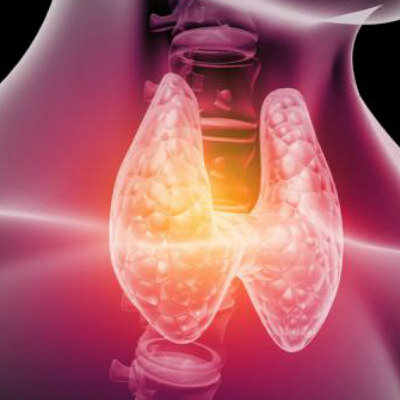Targeted Nanoparticles Deliver Oral Insulin in Mouse Model
By LabMedica International staff writers
Posted on 12 Dec 2013
A paper described the preparation of a novel class of nanoparticles capable of crossing the intestinal barrier and delivering clinically relevant amounts of drugs such as insulin.Posted on 12 Dec 2013
Adoption of nanoparticle therapeutic agents has been slow, partly due to the necessity for delivering these drugs by injection. Oral administration of nanoparticles is preferred but it has remained a challenge, since transport across the intestinal epithelium is limited.
Investigators at Harvard Medical School (Boston, MA, USA) and the Massachusetts Institute of Technology (Cambridge, USA) created a novel class of nanoparticles coated with antibodies specific for the neonatal Fc receptor (FcRn), which mediates the transport of immunoglobulin G antibodies across epithelial barriers.
Their results presented in the November 27, 2013, online edition of the journal Science Translational Medicine showed that these nanoparticles were efficiently transported across the intestinal epithelium using both in vitro and in vivo models. In mice, orally administered FcRn-targeted nanoparticles crossed the intestinal epithelium and reached systemic circulation with a mean absorption efficiency of 13.7% per hour compared with only 1.2% per hour for nontargeted nanoparticles.
Targeted nanoparticles containing insulin, as model nanoparticle-based therapy for diabetes, were orally administered at a clinically relevant insulin dose and it elicited a prolonged hypoglycemic response in wild-type mice. This effect was abolished in mice that had been genetically engineered to lack the FcRn gene, indicating that the enhanced nanoparticle transport was specifically due to FcRn.
"The novelty of actively being able to transport targeted nanoparticles across cell barriers can potentially open up a whole new set of opportunities in nanomedicine," said senior author Dr. Omid Farokhzad, professor of nanomedicine and biomaterials at Harvard Medical School. "The body has receptors that are involved in shuttling proteins across barriers, as is the case in the placenta between the mother and fetus, or in the intestine, or between the blood and the brain. By hitching a ride from these transporters, the nanoparticles can enter various impermeable tissues. If you can penetrate the mucosa in the intestine, maybe next you can penetrate the mucosa in the lungs, maybe the blood-brain barrier, maybe the placental barrier."
Related Links:
Harvard Medical School
Massachusetts Institute of Technology














